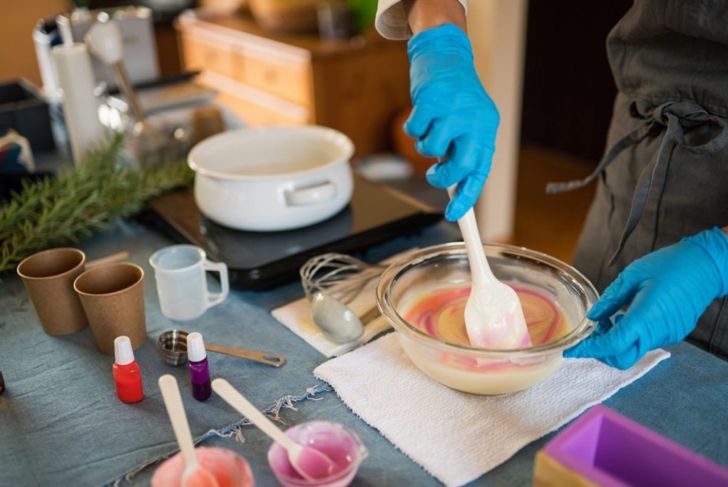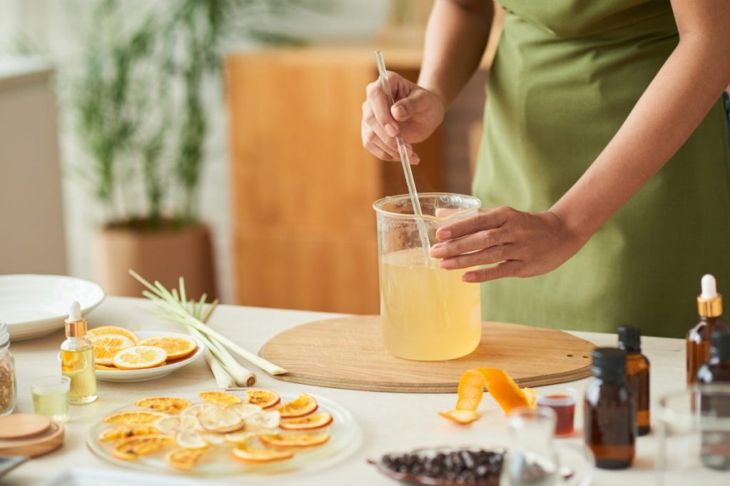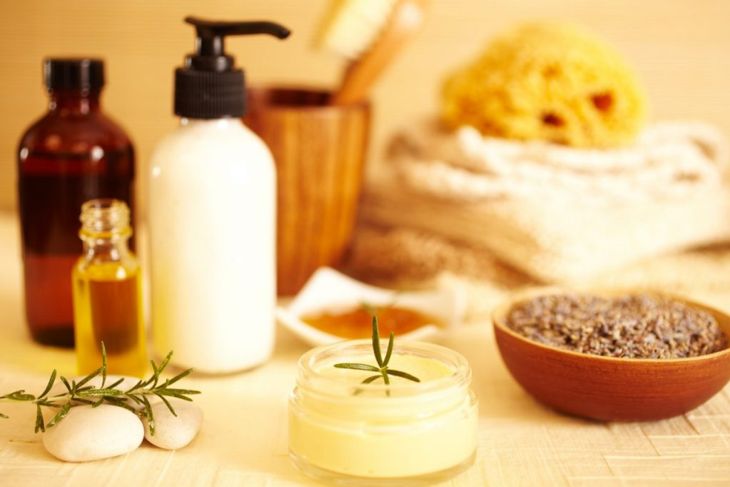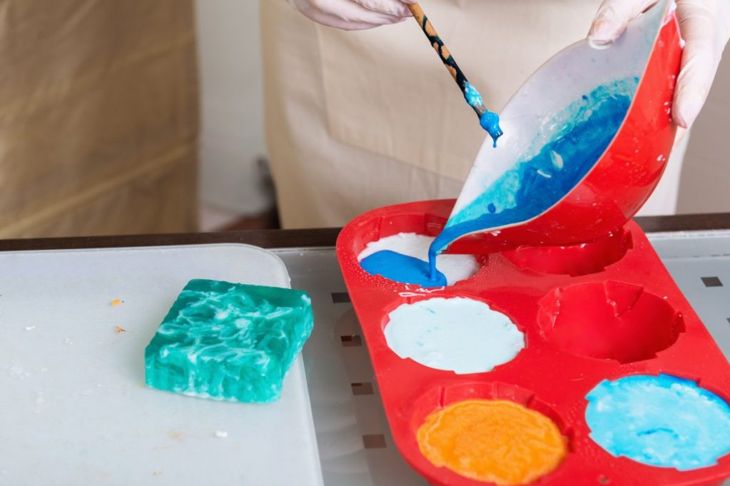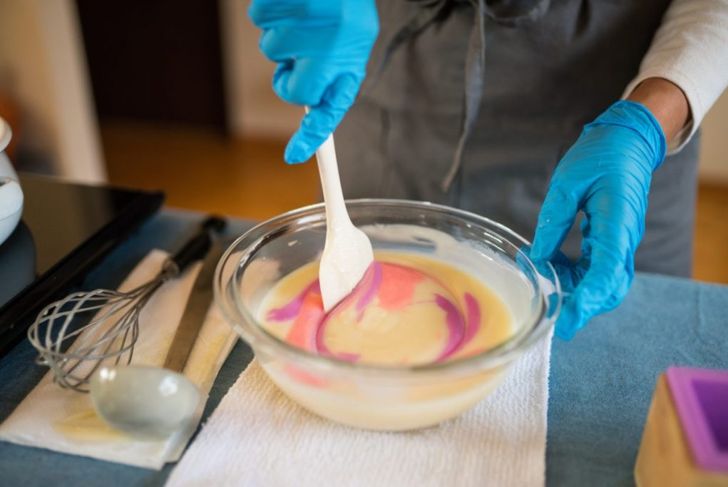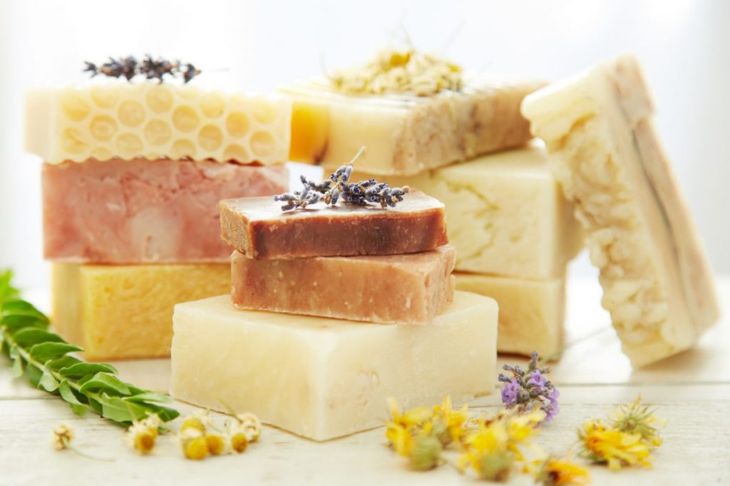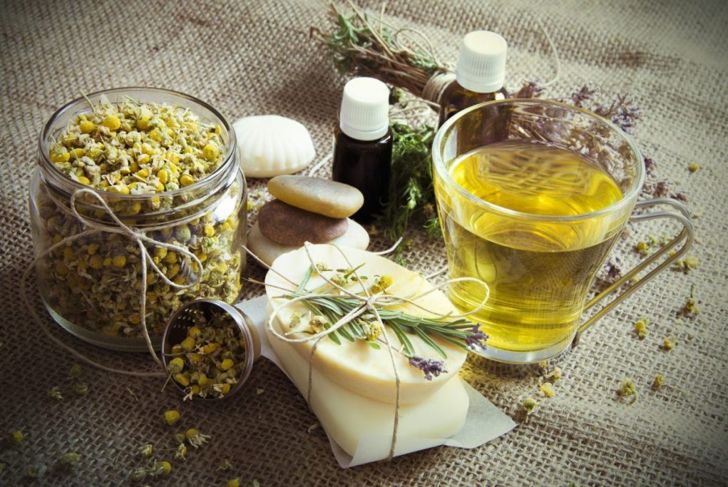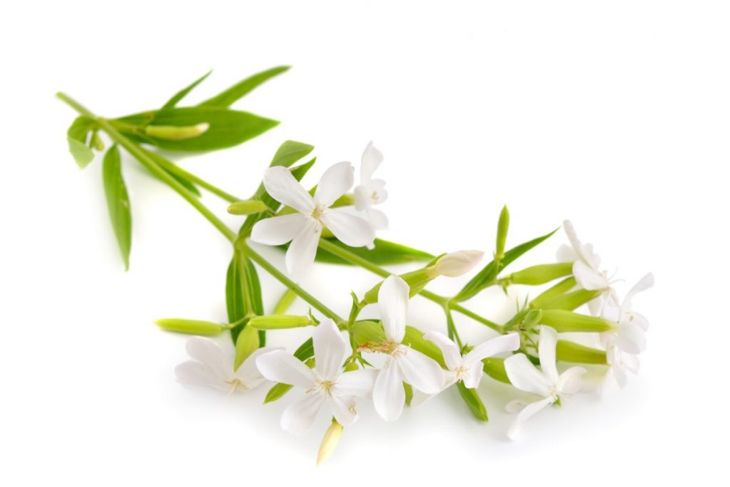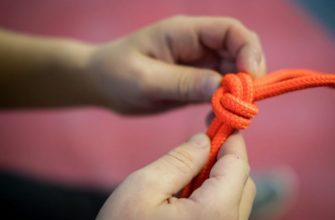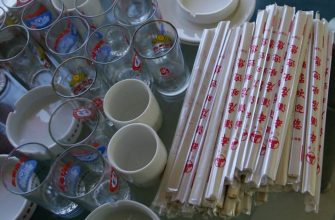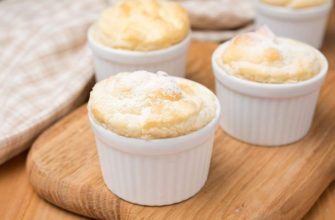Soap making dates back to at least 4,800 years ago in ancient Babylon. Today, making soap is experiencing a renaissance with home crafters learning how to make soap themselves.One of the benefits for making your own soap is you can choose what goes into it. Selecting the ingredients means your soap can smell and look exactly the way you want, and you can make sure no allergens are in your soap. Another advantage of homemade soap is being able to create a new and unique product that you can enjoy yourself or gift to a loved one.
Methods Of Making Soap
For home crafters, there are four methods to make soap. Each one has positive points and challenges.
- Melt and Pour
- Re-batching
- Cold Process
- Hot Process
Some methods are simpler, and others require specialized equipment. Familiarize yourself with the different methods so you can find the right recipe to try.
Melt and Pour
This is the easiest method and ideal for beginners who are starting to experiment with making their own soap. Essentially, you gently heat a shop-bought soap bar until it melts.An easy way is to heat the soap in a crockpot, or over low heat in a pan. Once melted, add your choice of ingredients. Popular options are essential oils, dried herbs or flowers, and colors. Finally, the melted soap is poured into a mold and leave at room temperature to set.
Re-batching Soap
Similar to the melt and pour method, re-batching is an economical way to re-use old soap bars. This method also allows you to add your own ingredients to make a completely new soap bar.To try this process, grind up bars of soap with a cheese grater. Add a liquid like water or milk, and heat to combine. Once liquid, you can strain out solid ingredients floating in the mixture, and add new ones. This method is often used by home crafters who found their soap recipe didn’t work for some reason and wanted to try again.
Cold Process Soap
The cold process method is the most common way that people use for home-made soap. Still achievable for beginners, this method does require specialist ingredients. However, the advantage of the cold process recipes is that you can really make a bar of soap completely from scratch.As the cold process needs a caustic ingredient called lye to work, it is not recommended for children.
Making Cold Process Soap
To make cold process soap, these are the steps to follow:
- Heat oils like animal fats or vegetable oils in a pot.
- Once the temperature reaches 100 degrees Celsius, slowly add a mixture of lye and water.
- Combine and blend the liquid soap until it reaches trace – more on trace in a moment.
- Add any colors, fragrances, or other ingredients.
- Pour the mixture into a soap mold, and leave for 24 hours at room temperature to harden.
- Leave the new soap for three to four weeks to fully cure before you use it.
Cold process soaps include the ingredient lye, which can be dangerous if used carelessly. However, you have a lot of creative input with this method, so you can make exactly the kind of soap you want.
What does Trace mean?
After stirring the lye, water, and heated oils together, the home soap maker looks for the trace. This is the point where the mixture is ready for extra ingredients and to be formed into new bars. If you pour too early, or too late, then the soap may not form properly.To test for trace, use a spoon or a spatula to drizzle some of the mixture back into your soap pot. If the line of liquid soap leaves a squiggly line you can see for a few seconds before disappearing; then you have a trace.
Hot Process Soap
The hot process method of making soap is similar to the cold process, but with added heat.The advantage of adding heat is that the soap will be ready earlier as it needs less time to cure. Another positive for this method is the fragrance, and other additives are added later, so they don’t come in contact with the lye. Lye is harsh on delicate flowers and can discolor them, which does not happen with the hot process.
Making Soap Using Hot Process
To make hot process soap:
- Heat fats or oils in a crockpot.
- Add the lye solution and combine with fats.
- Cook the soap by turning the crockpot to low. Make sure the lid fits tightly.
- Check after 30 minutes when the mixture will thicken into a gel.
- Stir to heat the mixture evenly.
- After 50 minutes of total cooking time, the mixture will start to bubble. Remove from the heat.
- Add in fragrance, colors, and any fresh flowers. Mix to combine.
- Put the soap into a mold and push it in. Once it’s cool, the soap is ready to use.
Making Lye and Water Mixture
Both the hot and cold process uses a mixture of lye and water to make soap. Remember that lye is a dangerous chemical, so you need to wear safety goggles and rubber gloves.Most home crafters use lye flakes, which are readily available in soap supply stores. To make the mixture, measure the exact amount of water and lye called for in the recipe. Always add the lye to the water – not the other way around and go slowly to avoid splashes. The mixture will heat up as you stir, continue stirring until the lye dissolves. Store the mixture in a secure container away from animals or children.
Make Easy Soap With Plants
There’s a 100% natural way you can try making soap that has no dangerous ingredients is to find a plant that does it for you.Several plants can be crushed up in water to make cleansing suds that work like soap. Some are wild-growing plants that you may find outside your home; others can be grown in a glasshouse. Soapwort is the best known, but you can also try clematis, yucca leaves, and bulbs of the amole plant.

 Home
Home Health
Health Diet & Nutrition
Diet & Nutrition Living Well
Living Well More
More